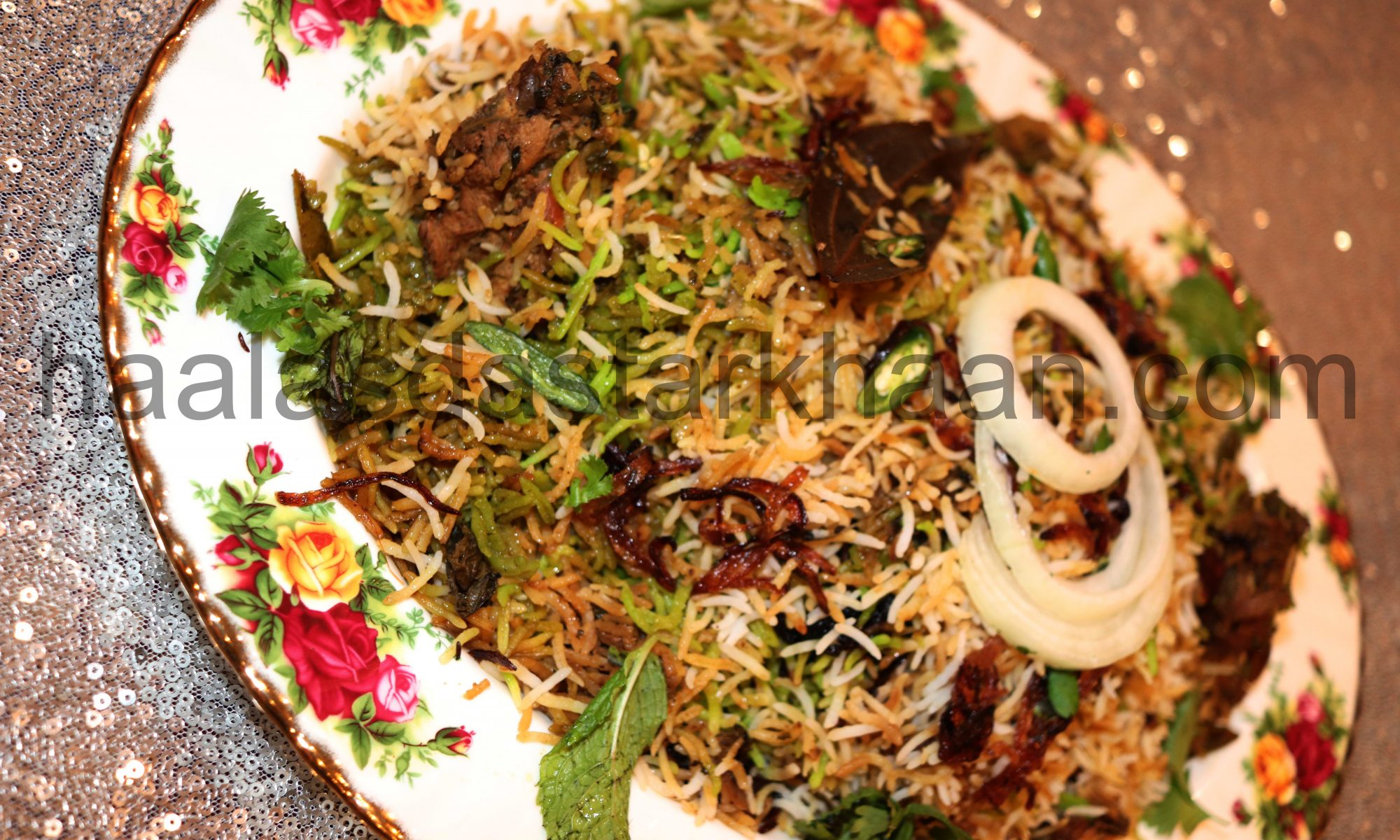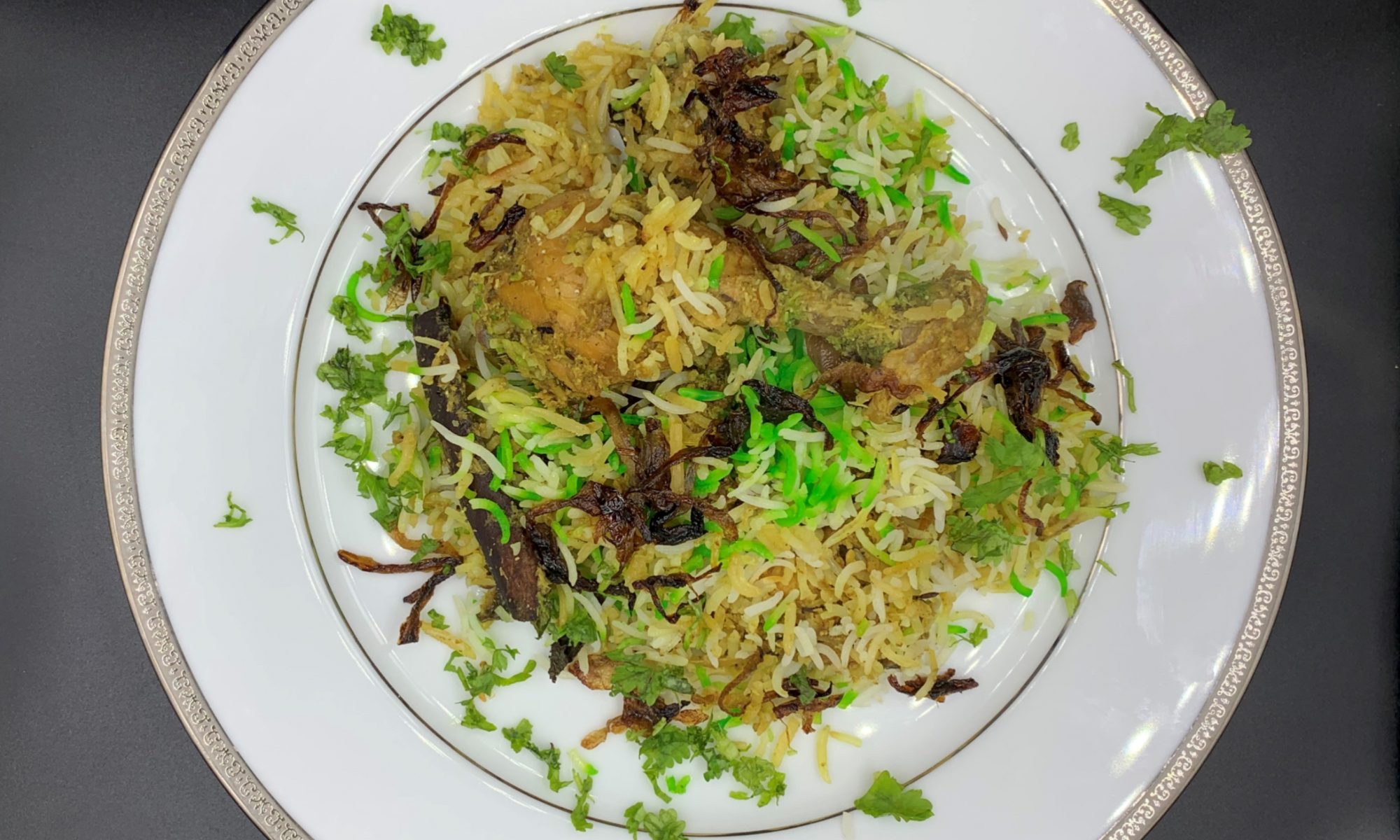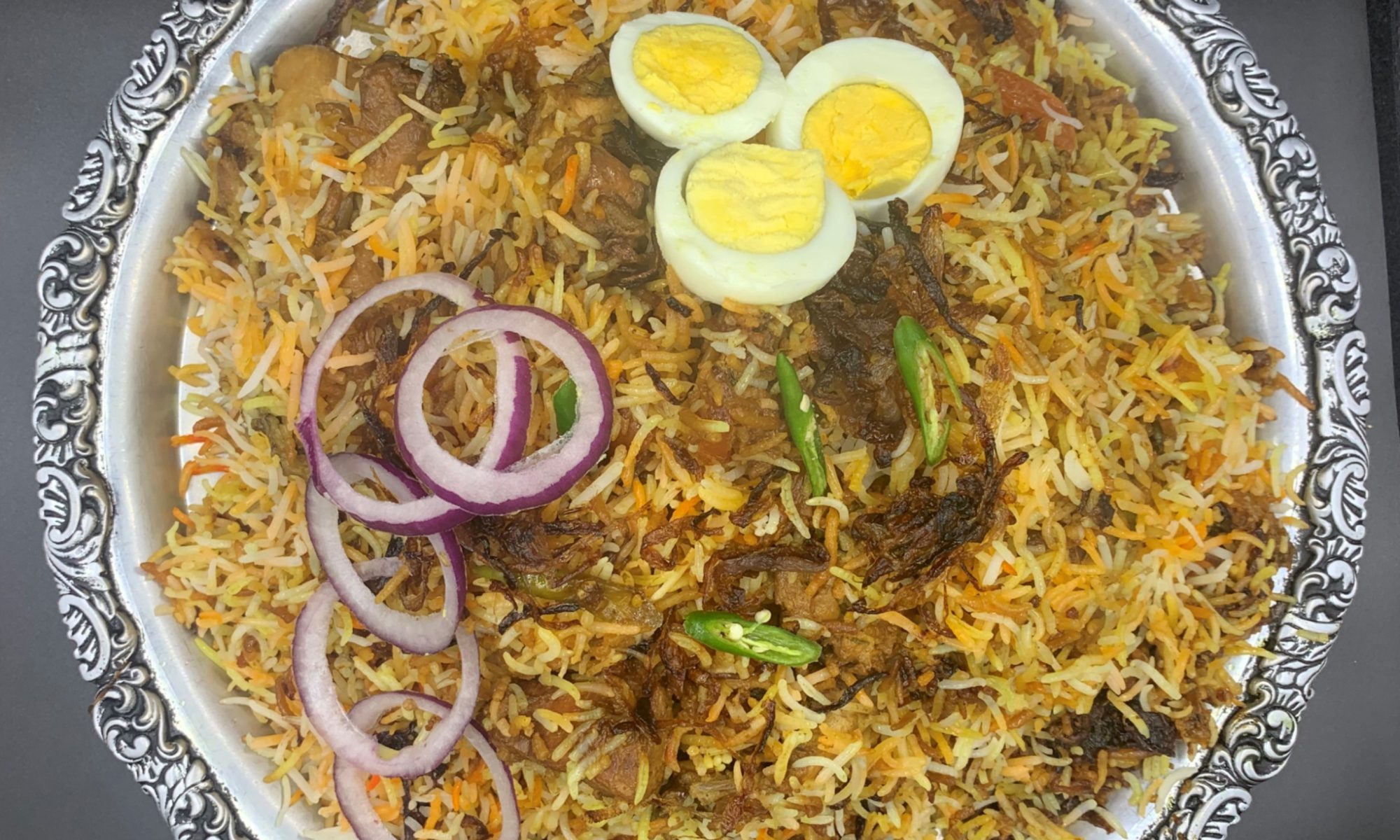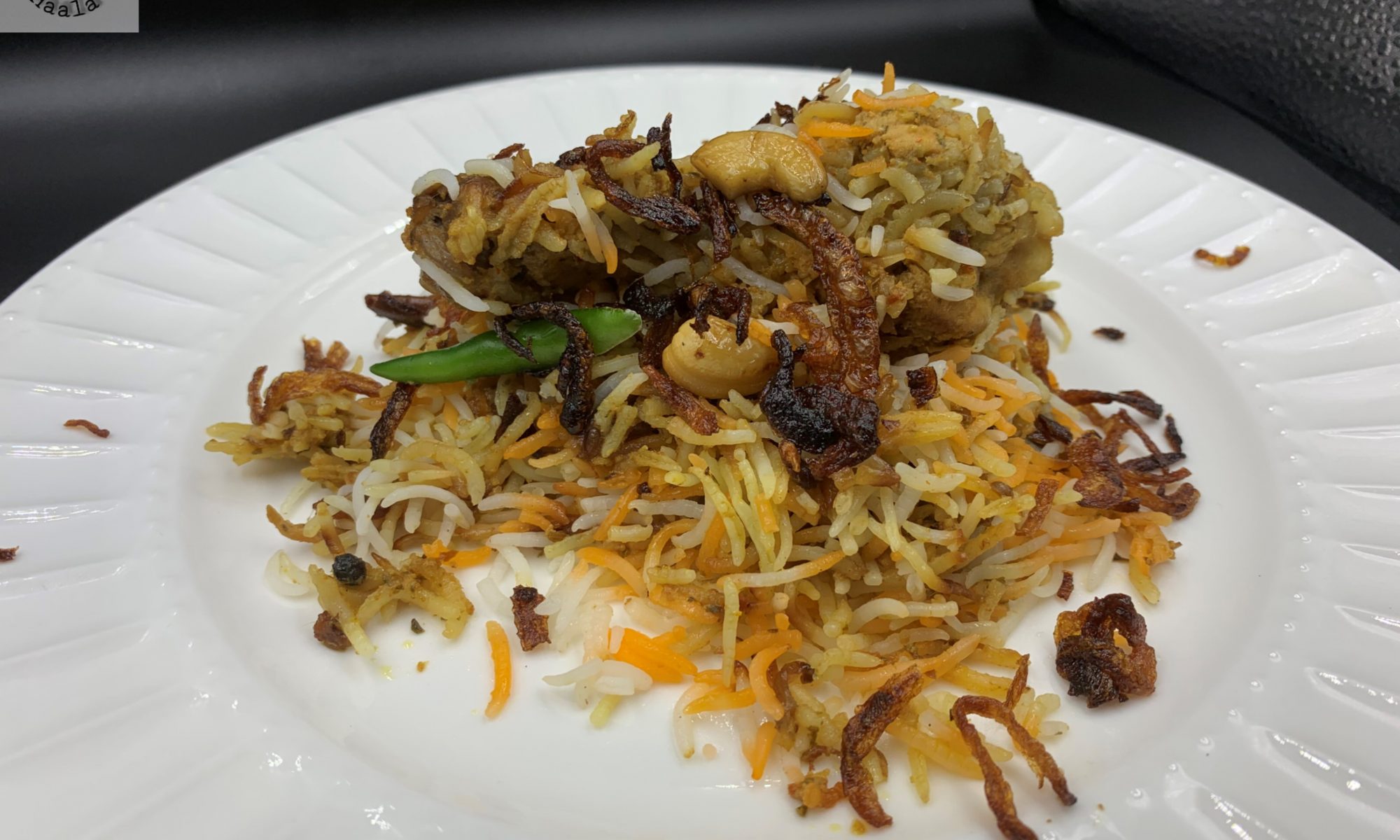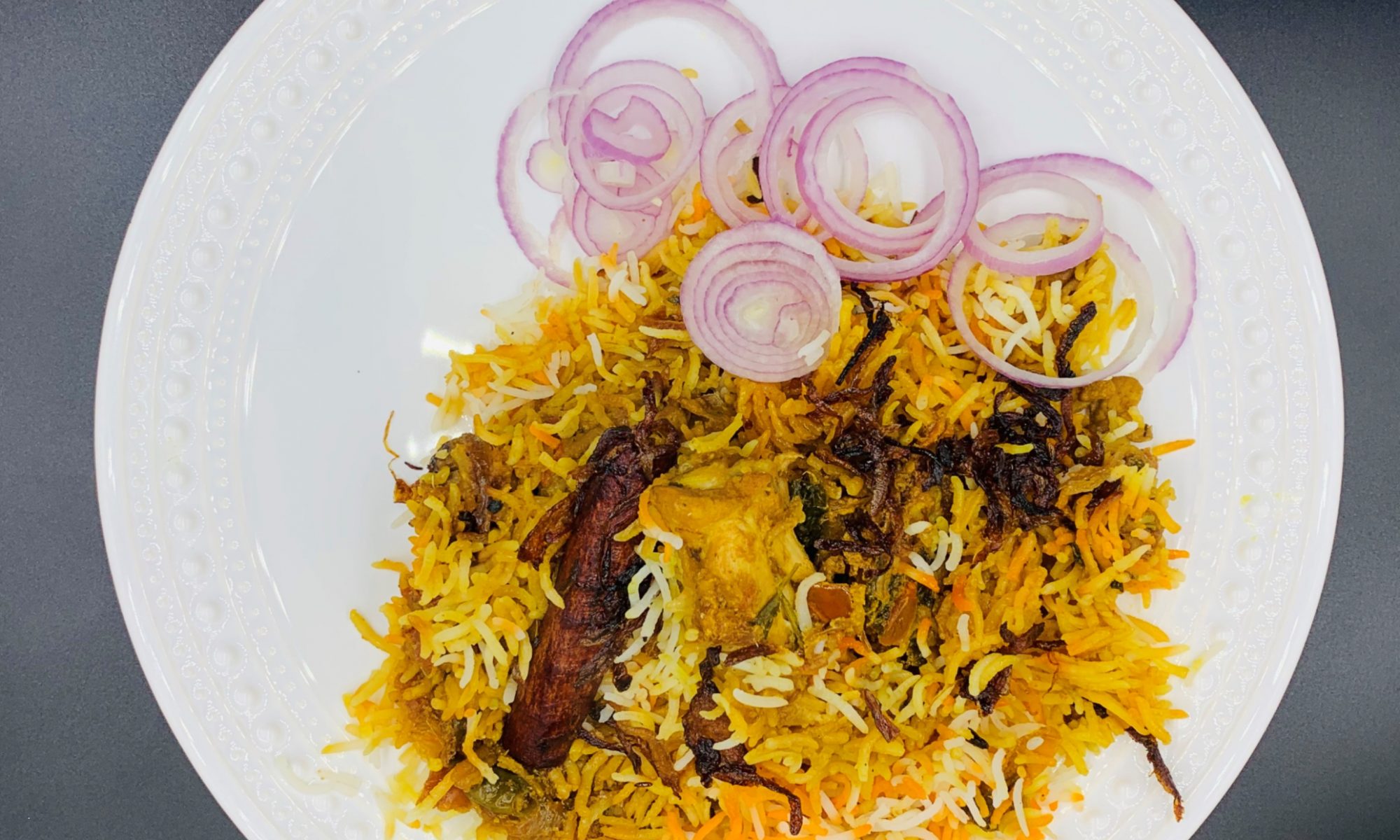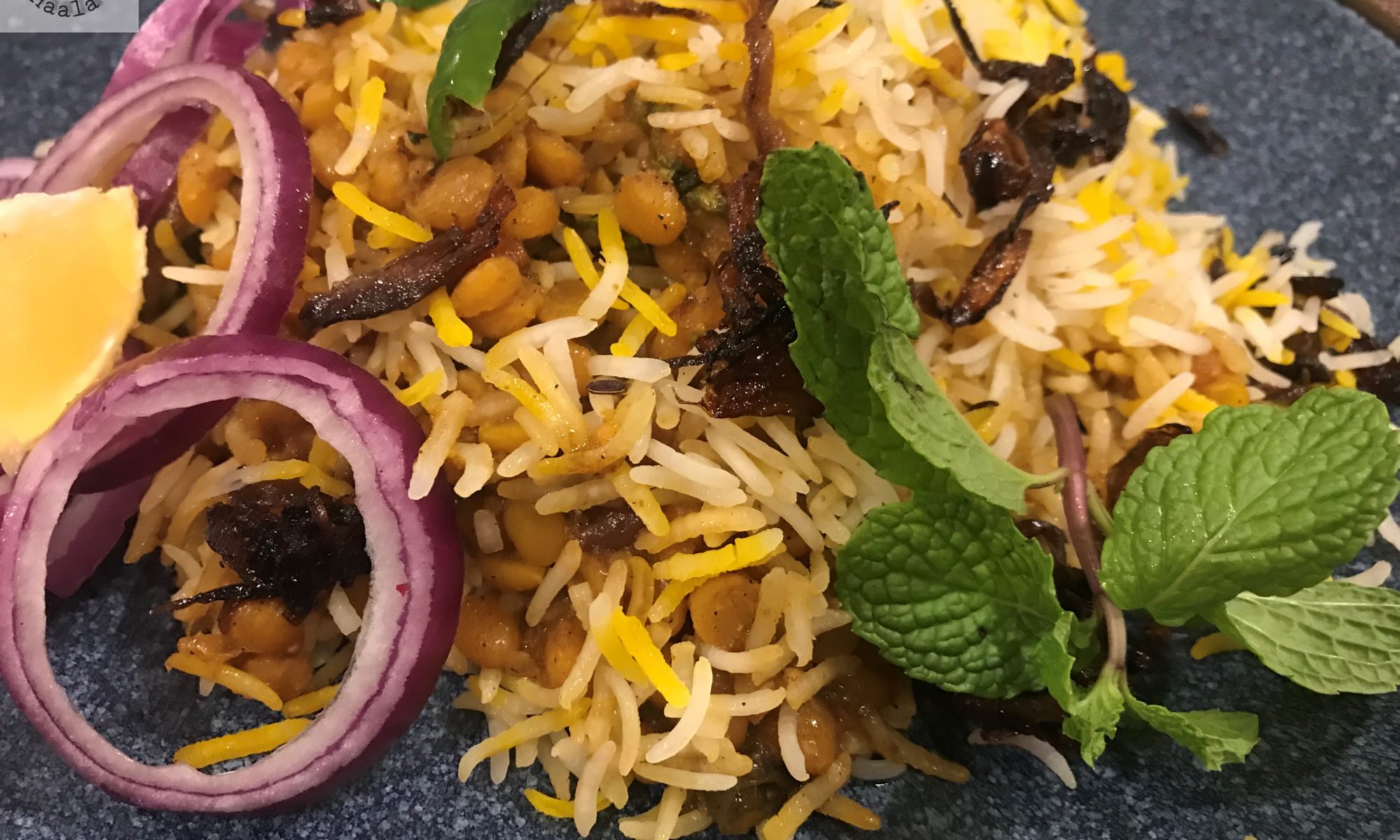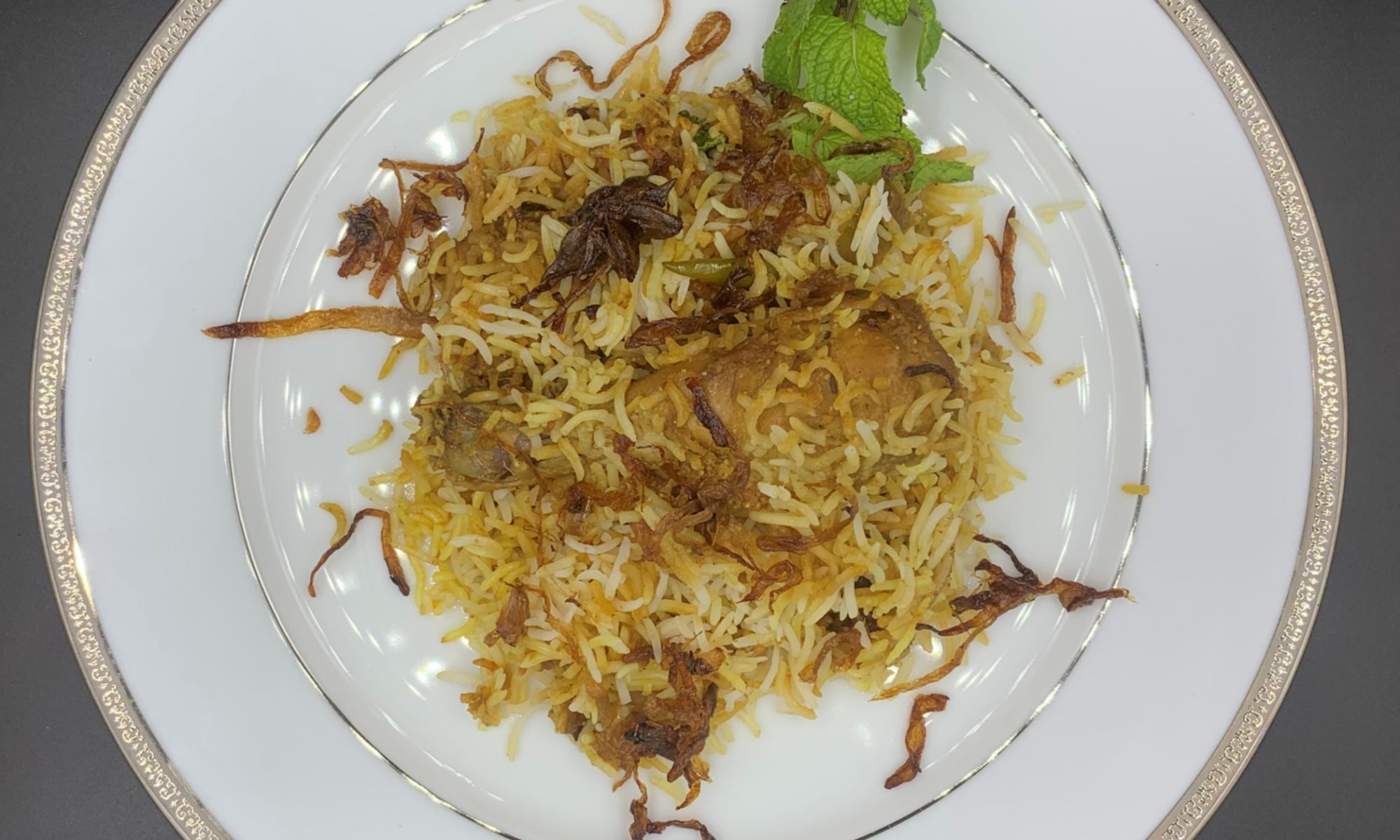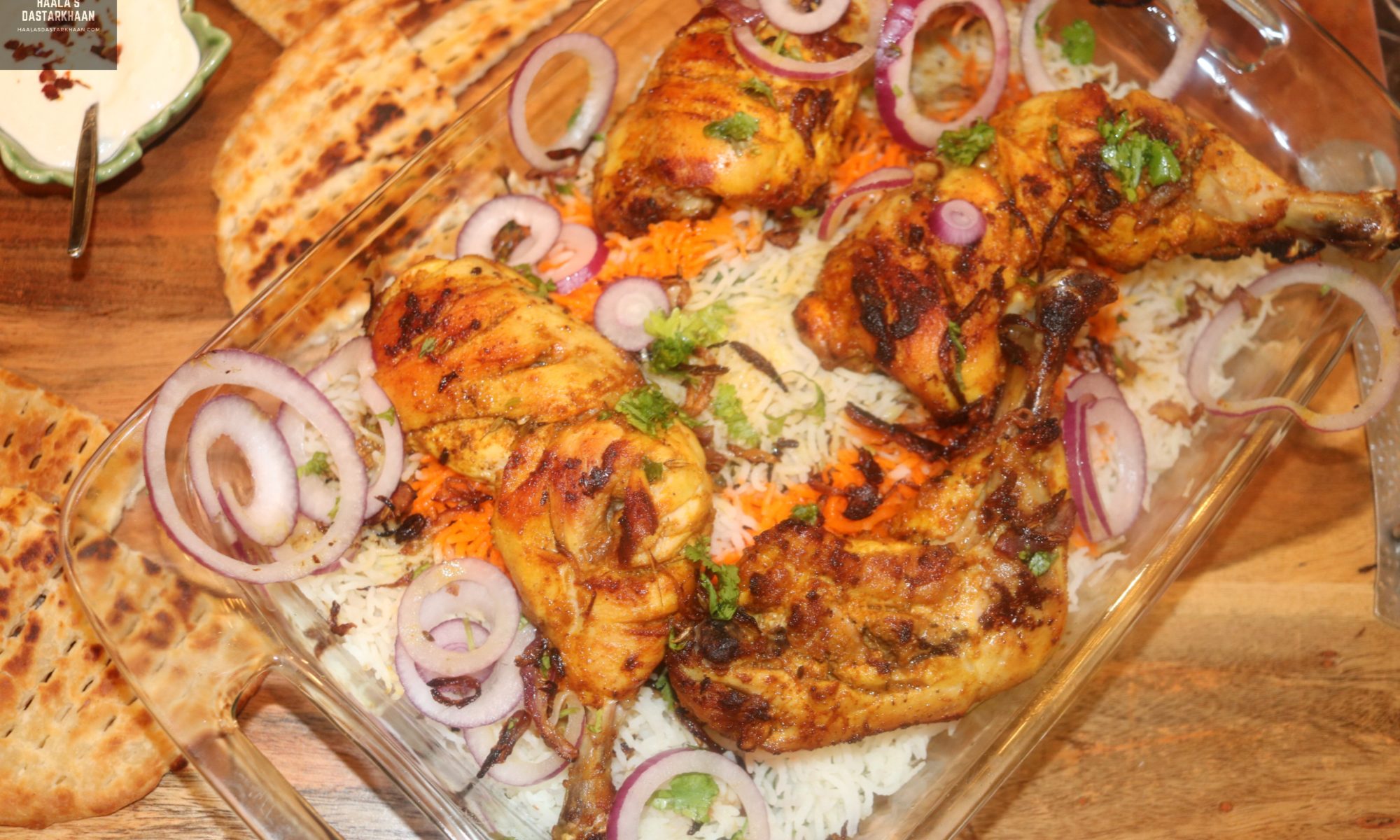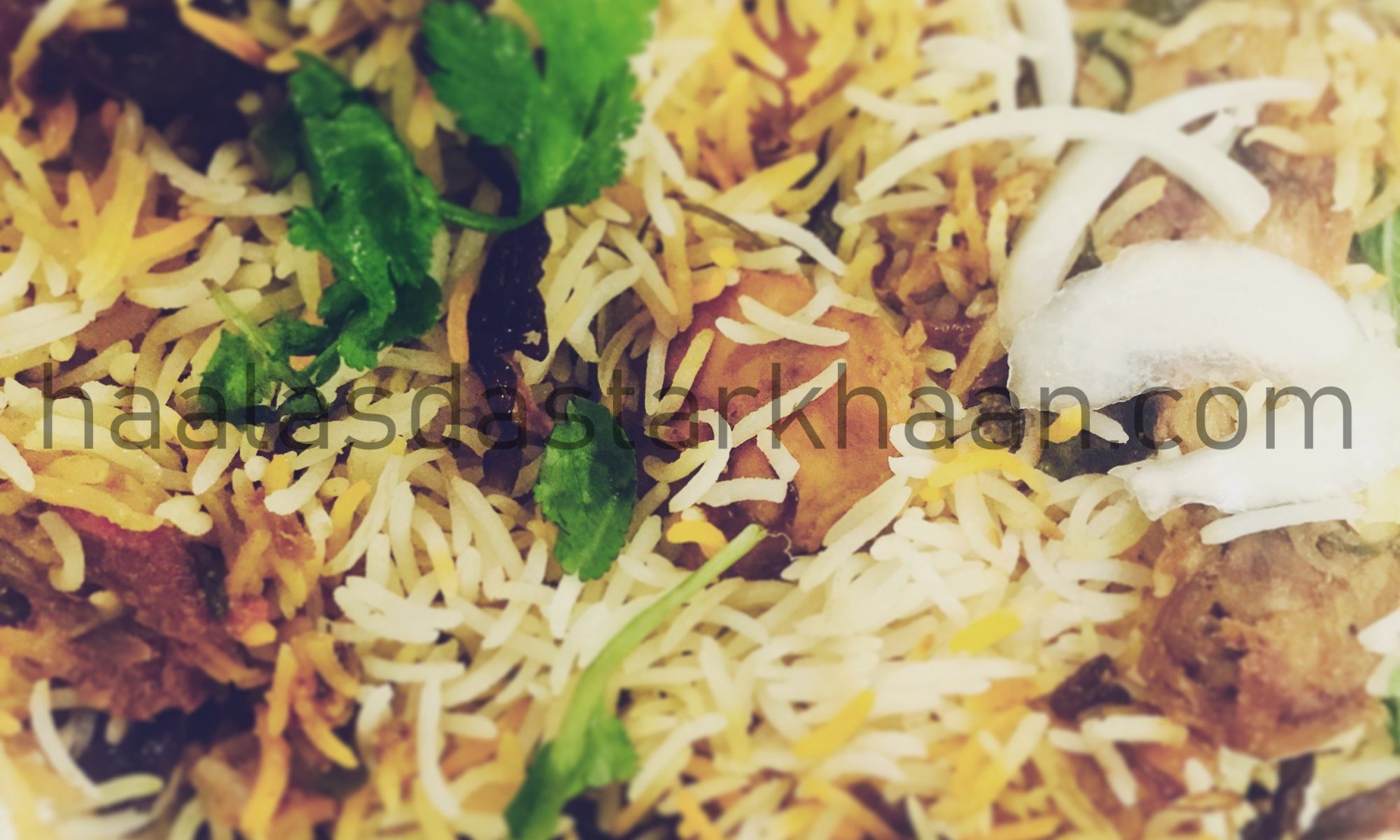This is an invention by only hearing about the dish…Yeah I know I can go nuts when it comes down to trying to make a new dish. This happens to be one that I really planned out well and craved to make it.
Like I always say, every dish has a story. This one has one too. While speaking to a close friend about different Biryanis that we get at famous and not so famous eateries in India, I was told that a popular restaurant served something that was close to Biryani, but not Biryani. That really got my interest. Giving me further details, that its mildly flavored bed of Rice served under these awesomely juicy grilled chicken. I mean who wouldn’t want to act on this description and try and make it. It’s actually not just the details of the dish, but the way it was described and the fact that it topped the list of Chicken and Rice. I had not even seen the dish, yet I was head over heels in love with the dish and felt challenged to make it.
When you are aware of a dish, you tend to study it by searching about different chefs who have made it or by trying the dish out at different restaurants or even making the dish a couple of times to achieve the desired flavor or result. But when its a dish, you have never heard of until now, tried, seen or tasted, and you crave to cook it, you are definitely a crazy chef…LOLzzz. I think I fit the bill.
So, I am not aware of the Chicken served is with bones or without, but going according to my Biryani basics, I picked Chicken with Bones and marinated the chicken with spices and Yogurt for around 2-3 hours. Though my chicken came out delicious, I still recommend that a chicken is more flavorful if marinated overnight or for at least 6-8 hours, though in today’s time and age, things happen unplanned and we have a little time before we decide what we need to cook. For all those times, marinate, cover, and place the chicken in the refrigerator. Refrigeration helps blend the flavors faster and better. Once I was ready to cook them, I took them out of the refrigerator and preheat the oven to 400F or 180C. I placed them on the grill with a tray underneath to catch the dripping. The cooking time was around 25-30 minutes, with an extra 5 minutes of high heat grill, since I wanted them to look well done. If you want, you can cook them in the oven and do the latter process in a pan, or on naked fire. Any which way will give you great outcomes.
I made a gravy as well to spike up the layers of Rice. The gravy was made very similar to Biryani Yakhni shorba. For initial whole spices, I added fennel seeds along with cinnamon, cloves, green cardamom, and cumin seeds. I further fried the onions, taking half of it out for garnishing and using them while layering the Rice. That was followed by Ginger garlic paste and spice powders. Further adding tomatoes and Yogurt, combined with green chilies, mint leaves, and coriander leaves. I also added the marination left behind after the chicken is taken out, so it gets a little flavor from the chicken as well since we aren’t cooking the chicken in the gravy.
This is a lovely recipe for a weekend Brunch or to display your cooking skills to those uninvited guests, when you don’t want to spend too much time in the kitchen. It’s a pretty quick fix to traditional Biryani and modern-day Chicken over Rice. One of my self invented and the best recipes ever…Enjoy!!!
